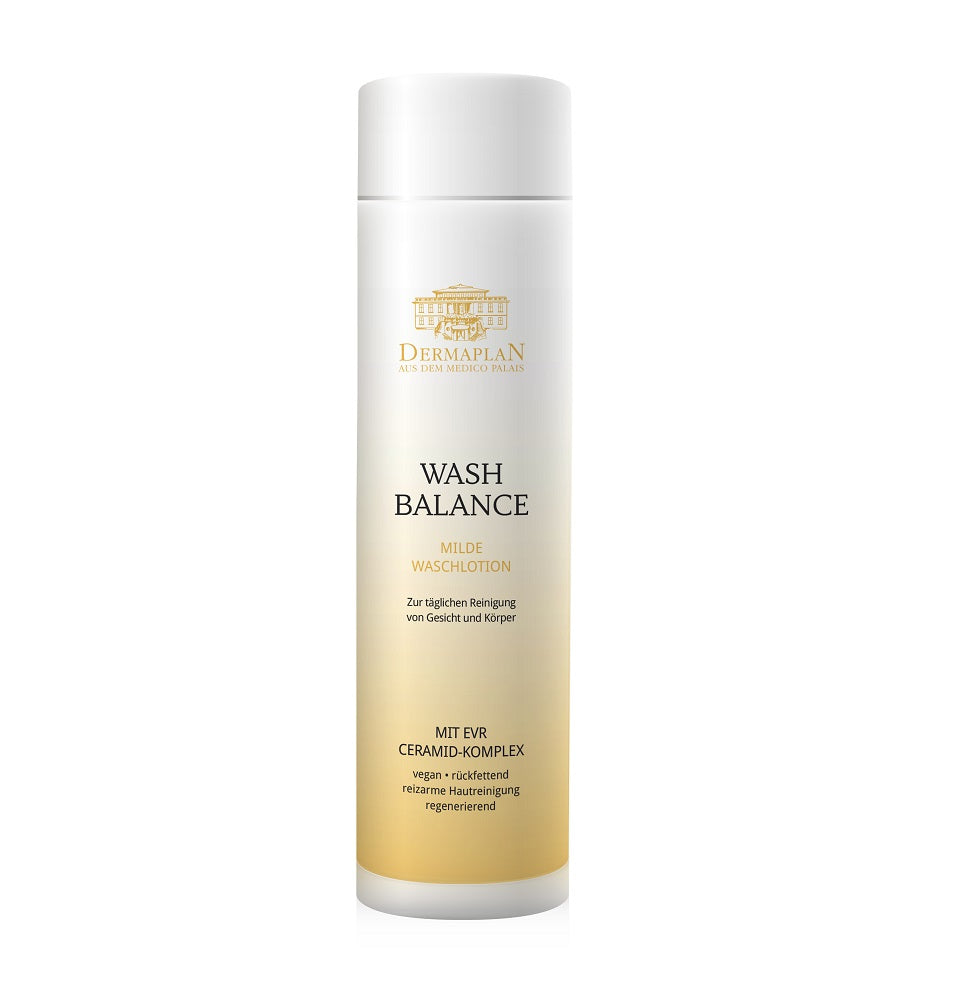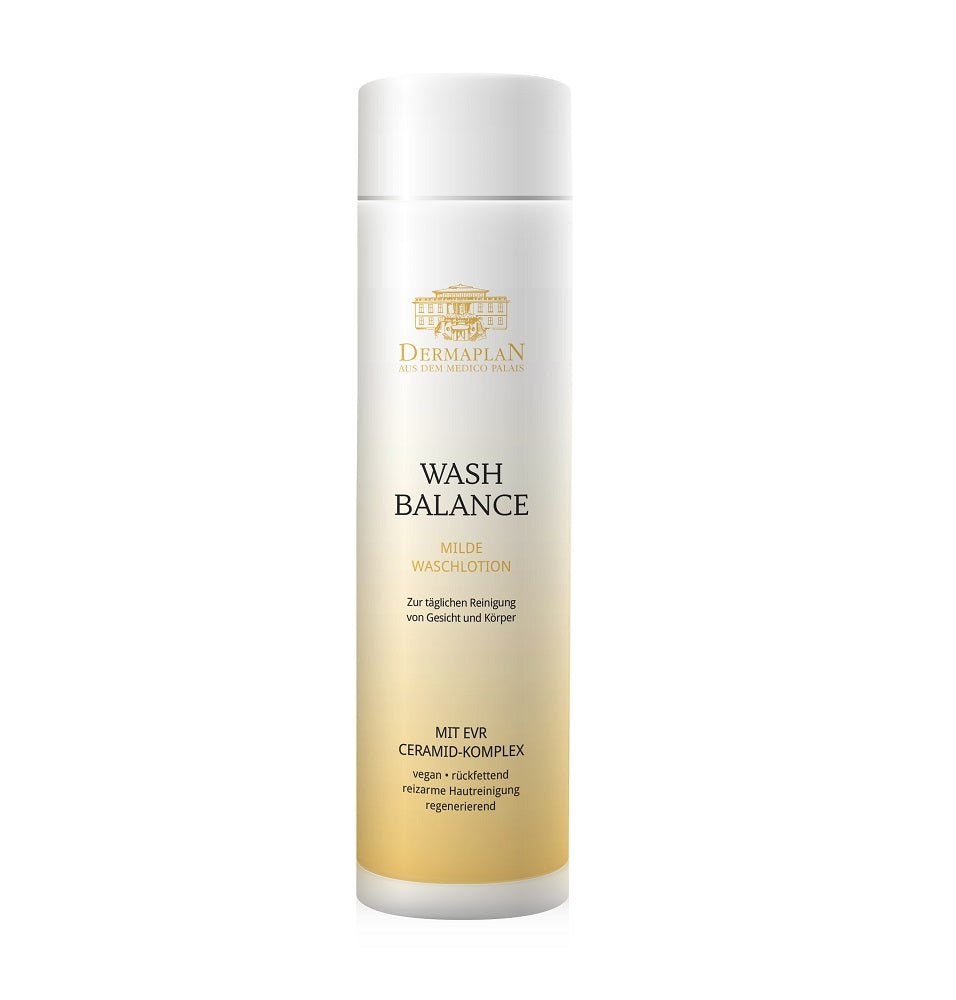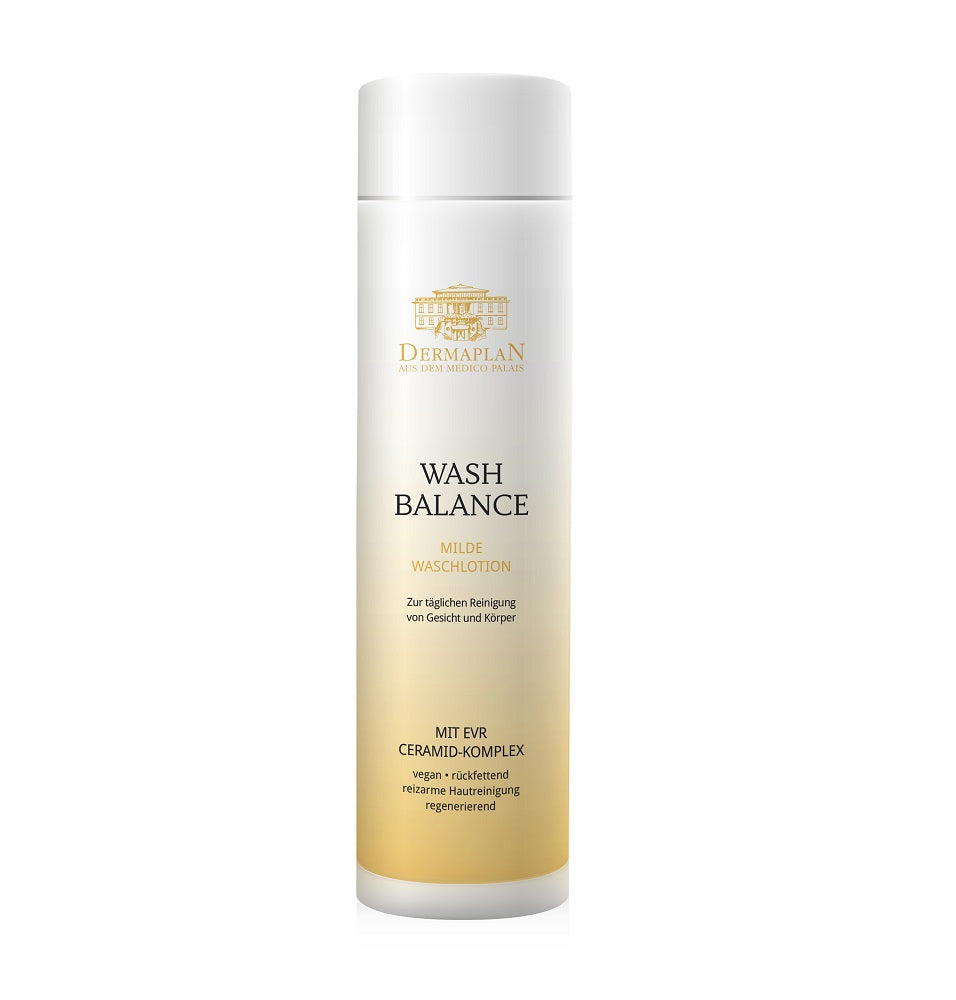Care products for babies and children
Our Care products for babies and children therefore works:
All products are vegan and are developed, produced, controlled, and dermatologically tested exclusively in Germany. 100% MADE IN GERMANY.
Children's skin and its special care needs
Atopic dermatitis and dry skin in children
Dermaplan – the special skin care for children
Dermaplan
Dermaplan Washbalance for face and body 200ml
Use Wash Balance daily morning and evening to cleanse your skin as a moisturizing shower gel or to cleanse your face.
Regular price
€23,95 EUR
Regular price
€0,00 EUR
Sale price
€23,95 EUR
Unit price
per
Tax included.
Shipping calculated at checkout.
Split

FAQ Care products for babies and children
Is there a difference between the skin of children and adults?
Why does children’s skin need special care?
How does atopic dermatitis manifest itself in children?
What is the best way to care for children’s skin?


